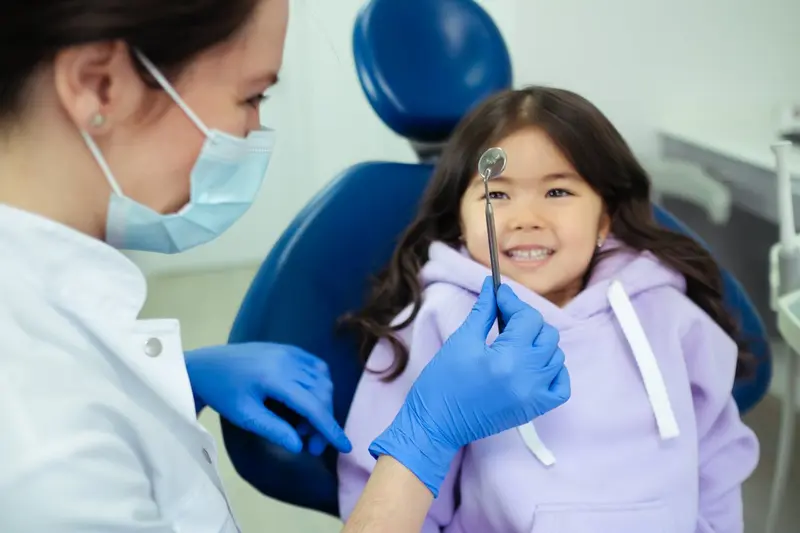5 Tips for Keeping Children Safer in and Around Cars
Some statistics suggest that 6 million car accidents occur annually in the U.S. Unfortunately, even kids are among the victims. According to the Department of Transportation, an estimated 156,502 kids were hurt in traffic collisions in 2021.
Fortunately, both parents and guardians can reduce the risks to kids. And one strategy for doing so is paying more attention to the fact that the little ones are engaging in something that’s going to elevate the risk of injuries.
Read on for five strategies to keep the wee ones safer in and around automobiles.
1. Wear Seatbelts Properly
According to the National Traffic Safety Administration, child restraints that are used properly can potentially slash deaths by 71% for children younger than one year old and by 54% for kids one to four years old in passenger vehicles.
Some will give a warning to anyone inside, if they are not all buckled up. Do not rely on that, however. Check that kids are buckling their seatbelts correctly. If not, these seatbelts may not give the protection the seatbelts were designed for.
Teach your children why they need to wear seatbelts, understand the dangers of wearing no seatbelts or wearing them incorrectly, and learn how to put them on correctly.
2. Keep Head and Limbs in the Vehicle
Children rarely think about the dangers that may accompany dangerous behavior. That’s where the adults in the vehicle come into the equation. Another important safety measure is to keep their heads and limbs inside the vehicle when it’s moving.
You need to behave properly in the car, educate your children on what not to do and what to do, and respond when your children do something that may make their risk higher or chances of getting injured or worse.
3. Look Before Opening the Door
If you take long vacations with your children, then you might be accustomed to the oft-repeated question, “Are we there yet?” It is a question that seems to be coded into kids – and you can anticipate hearing it when on long road trips.
Sometimes kids get so excited when they arrive at the destination that they might swing the doors open and jump out of the vehicle as soon as it’s parked. But that’s a mistake that could have dire consequences.
You need to ensure kids understand the importance of safety first. That means looking to ensure they can safely open the door and exit the vehicle. The same applies when entering the car.
4. Look Before Crossing the Street
Children must also be taught the importance of looking both ways before crossing the street. But that’s not all. Discourage them from crossing the road improperly. They should cross at stop lights or stop signs when they have a clear right of way. Even then, they should be vigilant.
Some motorists aren’t as observant as they should be, so vigilance is always vital. Ensure your kids know that jaywalking is unsafe and should be avoided.
5. Avoid Distractions
Inform your kids that they should avoid distractions when crossing the street. If they’re wearing headphones and listening to podcasts or music, they may not hear other cars in the vicinity. That can easily create dangerous situations that could be avoided if they’re alert.
Keeping kids safe is a top priority. So, if you have little ones, do your part to ensure they know what to do to stay safe in and around vehicles.
If, despite your and their best efforts, there’s a car accident, you must contact your family doctor for a check-up and whatever medical procedures they recommend. But you should also contact a personal injury lawyer. The aftermath of an auto collision can wreak havoc physically and mentally – in adults and children. Getting the required help can help victims make a full recovery.



